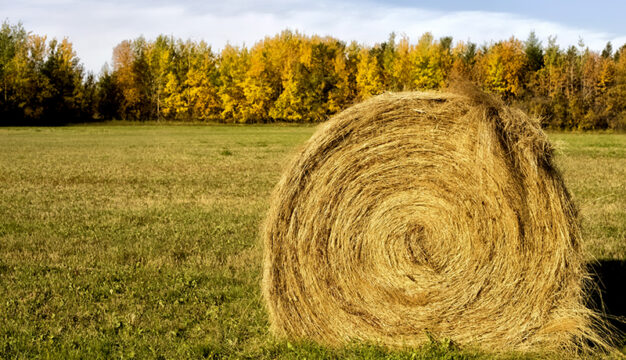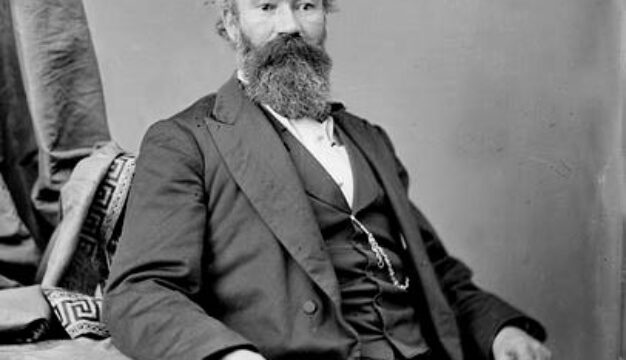Pine Barrens Tree Frog
 Pine Barrens Tree Frog
Pine barrens tree frogs (Hyla andersonii) are small arboreal (tree-dwelling) frogs native to the eastern United States. They have been found in Alabama, Florida, New Jersey, North Carolina, and South Carolina. In Alabama, these frogs occur in Covington, Escambia, and Geneva Counties. Population estimates for this species range from the tens of thousands to the hundreds of thousands throughout its entire range, and thus the pine barrens tree frog is not listed as endangered. But like all amphibians, it faces serious threats. Populations are predicted to decline by 30 to 50 percent over the next several decades owing to habitat loss and other factors.
Pine Barrens Tree Frog
Pine barrens tree frogs (Hyla andersonii) are small arboreal (tree-dwelling) frogs native to the eastern United States. They have been found in Alabama, Florida, New Jersey, North Carolina, and South Carolina. In Alabama, these frogs occur in Covington, Escambia, and Geneva Counties. Population estimates for this species range from the tens of thousands to the hundreds of thousands throughout its entire range, and thus the pine barrens tree frog is not listed as endangered. But like all amphibians, it faces serious threats. Populations are predicted to decline by 30 to 50 percent over the next several decades owing to habitat loss and other factors.
The pine barrens tree frog has light green skin on its upper body that likely aids it in blending with its arboreal environment to avoid predators. Its underbelly is white, with small orange blotches on the insides of its legs. There is a purplish-brown stripe extending from its snout down either side of its body. The pine barrens tree frog uses gripping pads on the tips of its toes to climb and cling to trees, leaves, and other surfaces. Male frogs measure approximately one and a half inches (~38 millimeters) from snout to vent, and females are slightly larger. Small insects, such as ants and beetles, are their primary food source as adults. It is unknown whether this species has any specific predators within the state of Alabama, but tree frogs generally are preyed upon by a variety of birds, mammals, and reptiles.
Breeding usually takes place in early March to early August throughout the geographic range of the species. Males emit a honking call from small, boggy pools, attracting females for mating, which in amphibians is called amplexus. The male mounts the female and fertilizes the eggs as she expels them. Egg clutches can be anywhere from 500 to 1,000 eggs per clutch. Fully aquatic tadpoles typically hatch three to four days after spawning. Tadpoles have a dark streak along their tail and measure just over one inch (~ 35 millimeters).
Longleaf pine forests are the primary habitat type for this species of frog in Alabama. These forests are characterized by their high volumes of trees, open canopy, and abundance of sunlight on the forest floor that allows for large amounts of undergrowth. Conecuh National Forest, located in Covington and Escambia Counties, is home to a large stand of protected longleaf habitat. The sandy soil underlain by clay that is prevalent in pine ecosystems allows water to collect in small temporary, or ephemeral, pools. These pools then serve as breeding habitat for adult H. andersonii and feeding habitat for larvae. One significant benefit to depositing eggs in these temporary pools is the low risk of fish predation, because they are not commonly connected to primary freshwater fish habitats such as creeks, streams, and lakes.
In many areas, amphibians are considered a bioindicator for pollution. Bioindicators are organisms that are highly sensitive to pollutants. Their relative health and abundance can tell scientists whether an area is suffering from heavy levels of pollution or not. Because amphibians have highly permeable skin through which they absorb oxygen, they are more likely to be affected by pollutants in soil or water than some other types of animals. But because H. andersonii is not found near any industrial areas within the state of Alabama, it is not as commonly used as a bioindicator compared with other frog species statewide.
A significant threat to the pine barren tree frog's habitat is fire suppression. Because of the high incidence of lightning strikes in the Southeast, longleaf pine ecosystems evolved in areas that burned frequently, and the species that are native to the area, both plant and animal, are adapted to these conditions. For example, plants that grow there have seeds that require high heat to germinate. Also, fires keep understory plants from choking the forest floor. Human settlement has greatly reduced the incidences of forest fires because of the danger to people and their property. As a result, the frog's habitat has shifted from mostly pines and its understory plants to hardwood forests with different, and often invasive, understory plants and fewer seepage bogs and ephemeral wetlands for breeding. The U.S. Forest Service is currently working on efforts to identify threatened habitats and conduct controlled burns in them.
There are no specific management efforts being carried out for Hyla andersonii in Alabama. But the Conecuh National Forest Longleaf Restoration site, managed by the U.S. Forest Service, will likely have a positive impact on the rare animal species adapted to the longleaf pine ecosystem, including tree frogs, gopher tortoises (Gopherus polyphemus), and eastern indigo snakes (Drymarchon couperi).
Further Reading
- Dorcas, Mike, and Whit Gibbons. Frogs and Toads of the Southeast. Athens, Ga.: University of Georgia Press, 2008.
- Mirarchi, Ralph E. Alabama Wildlife. Volume 1: A Checklist of Vertebrates and Selected Invertebrates. Tuscaloosa: University of Alabama Press, 2004.
- Mount, Robert H. The Reptiles and Amphibians of Alabama. Tuscaloosa: University of Alabama Press, 1980.



